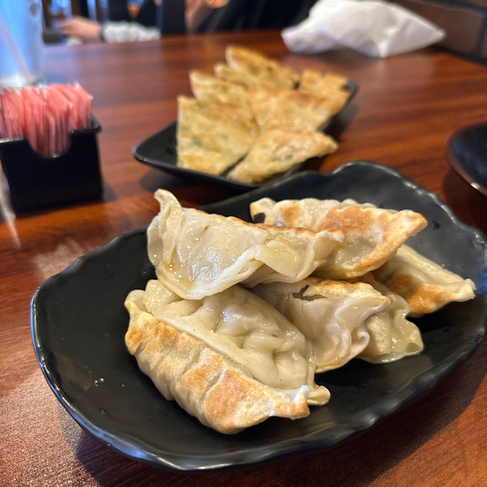By the time 2003 rolled around, Texas Monthly's Top 50 BBQ list had already become a lightning rod for pitmaster pride and public outrage. Six years after their inaugural list in 1997, the editors weren’t just refining their picks—they were defending them. This wasn’t just about taste anymore; it was about tradition, territorial loyalty, and who had the smoke to back it up. As contributor Joe Nick Patoski put it, “nobody here can agree with anybody else about anything.”
To handle the heat, Texas Monthly doubled their team. Ten writers covered 360 joints across the state, and from that firestorm came the 2003 Top 50—and for the first time, a crowned Best of the Best:
Cooper’s Pit Bar-B-Q
Kreuz Market
Louie Mueller Barbecue
Smitty’s Market
City Market

Of the 50 spots selected in 2003, 18 were returning names from the 1997 list. That means 64% of the lineup was entirely new, while 32 joints from the previous list didn’t make the cut. For a state that prides itself on loyalty, that kind of turnover speaks volumes. Barbecue in Texas isn’t just about staying great—it’s about staying relevant.
One of the most dramatic shifts came out of Lockhart, where a family dispute sparked a barbecue civil war. The legendary Kreuz Market split in two: Rick Schmidt took the name and moved operations to a new building down the road. Meanwhile, his sister Nina Sells stayed put, reopening the original smoke-stained location under a new name—Smitty’s Market. In one of the most Texas outcomes imaginable, both joints landed in the 2003 Top 5.
In Taylor, Louie Mueller Barbecue held strong as a cornerstone of Texas 'cue. But even that legacy wasn’t without turbulence. John Mueller, son of pitmaster Bobby Mueller, stepped away from the family business and opened his own spot in Austin—starting a new chapter in barbecue lore.
Then there was Cooper’s. Once a lock in the upper echelon, it teetered on the edge in 2003. Complaints about inconsistent quality, long lines, and rising prices almost pushed it off the map. But when "Cooper’s was on, it was still on"—just enough to hang on to its spot.
The 2003 list wasn’t just a culinary roundup—it was a snapshot of a food tradition in flux. The sacred lines of Texas barbecue—once drawn clearly between Central, East, and South Texas—had started to blur. New players were emerging, pitmasters were experimenting, and the public wasn’t afraid to push back when things didn’t taste like home.
And the pitmasters? Many were independent lifers, still tending their fires before dawn—but now facing competition from chains with shiny signs and slick branding. The old-school joints had to evolve or risk extinction.
For decades, regional identity was the backbone of Texas barbecue. Central Texas meant post oak smoke and butcher paper. East Texas brought sauce, smoke, and soul. South Texas was all mesquite and open flame.
But by 2003, those borders weren’t just fading—they were being redrawn.
Pitmasters in Houston were smoking brisket like they were born in Taylor. Out west, open-flame grilling gave way to low-and-slow experiments. Tradition still mattered, but innovation was creeping in.
This was more than just changing taste—it was cultural identity. The 2003 list didn’t just showcase great barbecue; it captured a state caught between its roots and its appetite for reinvention.












